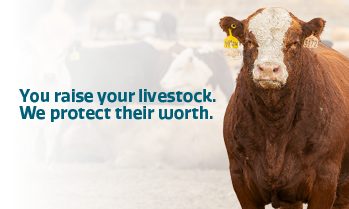Post-Harvest Claims
Post-harvest inspections are used to determine whether a Crop Insurance customer is in a yield-loss position and eligible for a claim. If your harvested production is less than your production guarantee in quantity or quality, notify SCIC within five days of completing harvest. The last day to register a post-harvest claim is November 15. Claims received after this will be subject to a 25 per cent reduction in payment to a maximum of $1,000; claims made after December 31 will not be accepted.
Eligibility
Crops insured under the multi-peril Crop Insurance Program are eligible for a post-harvest inspection. Before registering a claim, producers must declare their harvested production either phone, fax, walk-in, mail, email or online with CropConnect. Claims submitted more than 15 days after harvest is generally complete in your area may be denied.
Process
- Report net harvested production to SCIC. If you are near or below your guarantee (quantity and/or quality), a post-harvest inspection can be registered
- During the inspection, an adjuster will gather data on all harvested production, inspect all acres, diagram and identify the yard and bin locations, measure and/or inspect all bins or storage facilities and inspect and record all sales receipts
- The adjuster should record and explain all information to you. If you agree with the results of the inspection, please sign the claim form. If you do not agree, please inform the adjuster of this and SCIC will send another adjuster to complete a second assessment
- Please inform the adjuster if you wish to defer your payment.
- A Statement of Indemnity will be issued accounting for your production guarantee, total production and indemnity payable. Any cheque issued by SCIC will accompany this statement
- SCIC will grade samples. When the grade of the harvested production is below the designated grade, production is adjusted to compensate for the loss in value as a result of grade loss. Once grading results are complete, a final payment is made based on the actual weight, dockage and grade.








